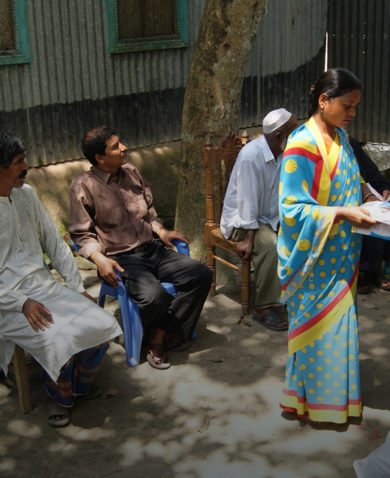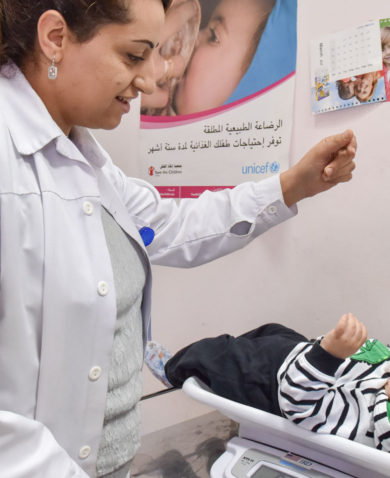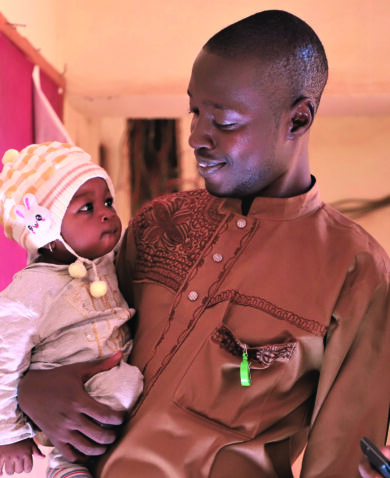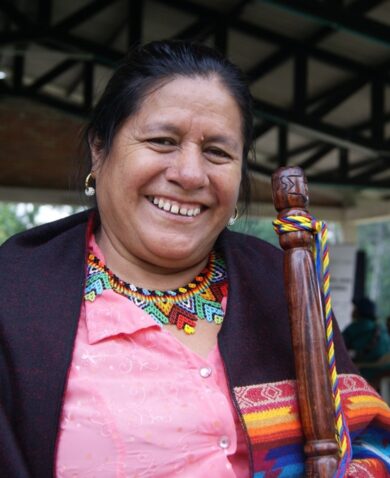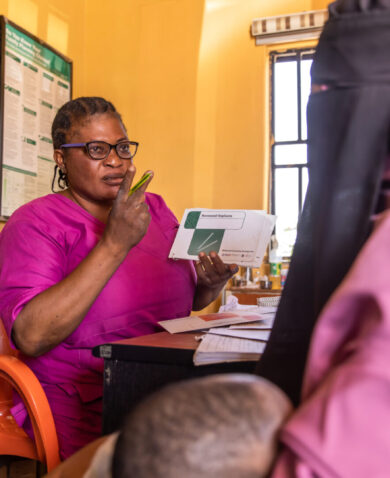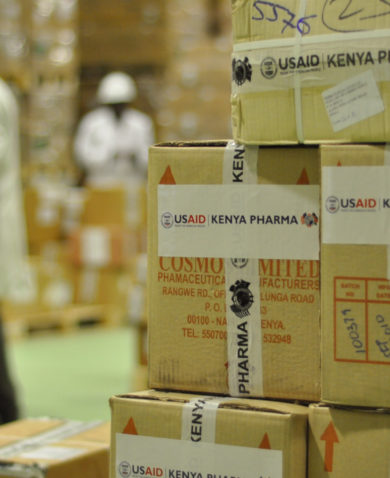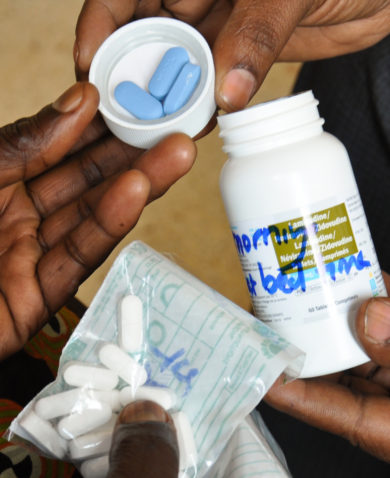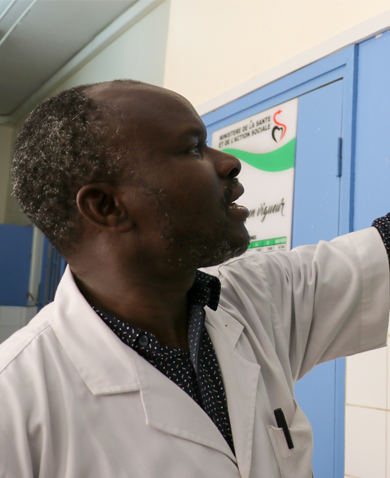
Joining Forces to Strengthen the Health and Social Services Systems
August 28, 2019 | 4 Minute ReadIntegrating social and health services facilitates coordination and contributes to stronger health systems. Some countries are already integrating these services to protect children against abuse and nourish their environment.
This post was adapted from one that originally appeared on the USAID HRH2030 program’s website.
The numbers are staggering. One billion children under age 18 experience some form of physical, sexual, and/or emotional abuse. With more than 2 billion children in the world, that means one child in every two is exposed to harmful situations that negatively affect them now and long into their future.
There is no question the problem is complex and must be tackled from many sides. Working on a program that aims to improve health by strengthening the health workforce, we are intrigued by the implications of joining the health and social service workforces to reach a common goal. Imagine how much more powerful of a force they would be if they intersected more regularly! And not only for direct intervention with children suffering abuse or neglect but also for their family members, whose health and well-being are essential to prevent and mitigate abuse situations and provide children with the nurturing environment they need to grow.
However, we in the global health community tend to mostly talk about these two groups separately and take a siloed view of them when we could all learn — and children and families could be better served — from an integrated, more inclusive approach. Personally, when talking about the health workforce, I prefer to use the fuller, more inclusive term of “health and social services workforce” because it’s well documented that the social determinants of health affect health risks and outcomes. The advocacy role that the social service workforce plays for its clients in its own domain is often lacking within health systems — because health workers must focus on other things. However, health care is too often impeded when patients can’t focus on getting well because they are worried about how their illness is causing housing, employment, or childcare issues or makes parenting more difficult. It’s the social service workforce — social workers, case managers, child protection agents, youth care officers, and others — that facilitates access to services in these areas, which often intersect with facilitating health care services.
In countries like Colombia, this kind of integration is better established, or the system is trying to get there. According to the Colombian Family Welfare Institute (ICBF), an estimated 304 of every 100,000 children under age 17 experience some form of abuse. The current government launched a cross-institutional social and health framework called Ni Uno Mas, or Not One More, with the goal of providing better services to reduce the high child mortality rates and abuse associated with all types of violence. This initiative is led by Colombia’s first lady, the Ministry of Health, and the ICBF. It involves participation from the private sector (Fundación Éxito and Niñez Ya), the public sector (local and regional governments), international organizations like USAID and UNICEF, and — most importantly — local communities. This framework strives to improve the coordination between institutional stakeholders, clearly defining roles, qualifying the services with better tools in parenting and family care, improving social and health sector capacities with training in technical skills, and ensuring a link with vulnerable rural communities and minority populations.
I was fortunate to visit Colombia in May 2019, where I met with leaders and child welfare service providers from both the health and social service sectors. HRH2030 is supporting the cross-institutional social and health framework and is working with ICBF, the Ministry of Health, and the National Learning Service to develop training for social workers, psychologists, lawyers, nutritionists, and health personnel in order to ensure better adherence to childcare protocols and better case management practices with children and families. In addition, we are supporting the process to improve the coordination between stakeholders with a clear referral process, as well as to establish better communication processes with the communities to ensure their direct involvement in the referral process.
Colombia is not alone in taking a more integrated approach to the health and social service workforces. In South Africa, a therapeutic approach to child protection was part of a program to curve gender-based violence and prevent HIV. Internationally, the Global Social Service Workforce Alliance continues to document the role that the social service workforce plays in fighting HIV and AIDS, and UNICEF published Guidelines to Strengthen the Social Service Workforce for Child Protection earlier this year, which recognize the undue burden that violence against children places on the social service workforce and how it undermines investments in health.
As we’ve seen in the human resources for health domain, calls for more integrated and inclusive approaches can have results. Years of advocacy for scaling and better integration of community health workers into health systems are yielding results. For example, the WHO issued guidelines last year on optimizing community health worker programs into health systems, and, soon thereafter, members at the World Health Assembly adopted the CHW resolution to invest in these types of programs.
We talk a lot about interprofessional care within health systems, and, when we do, we are mostly thinking about integrating physicians, nurses, pharmacists, nutritionists, and the like. Wouldn’t it be great if we could more naturally and frequently think about social workers when we think about health workers, too? Doing so will let us join forces for the benefit of children and families and help ensure quality health for all.
HRH2030 Communications Director Elizabeth Walsh contributed to this blog.
Posts on the blog represent the views of the authors and do not necessarily represent the views of Chemonics.








